Australia. Part IIIMap
March Australian cities most resemble America. And the country as a whole is a spitting image of Canada. The similarities are striking. Australia might be a paradise in terms of employment, but it’s very boring here. And it really feels like the only places that are actually livable are Sydney and Melbourne. Sydney, of course, being five times more preferable. Old Tailem TownMapOld Tailem Town is a museum located an hour outside of Adelaide. Everything imaginable related to the times of the first settlers is collected here within a fairly compact area. It has farm equipment, fire trucks, a post office, a church, a bank—you name it. 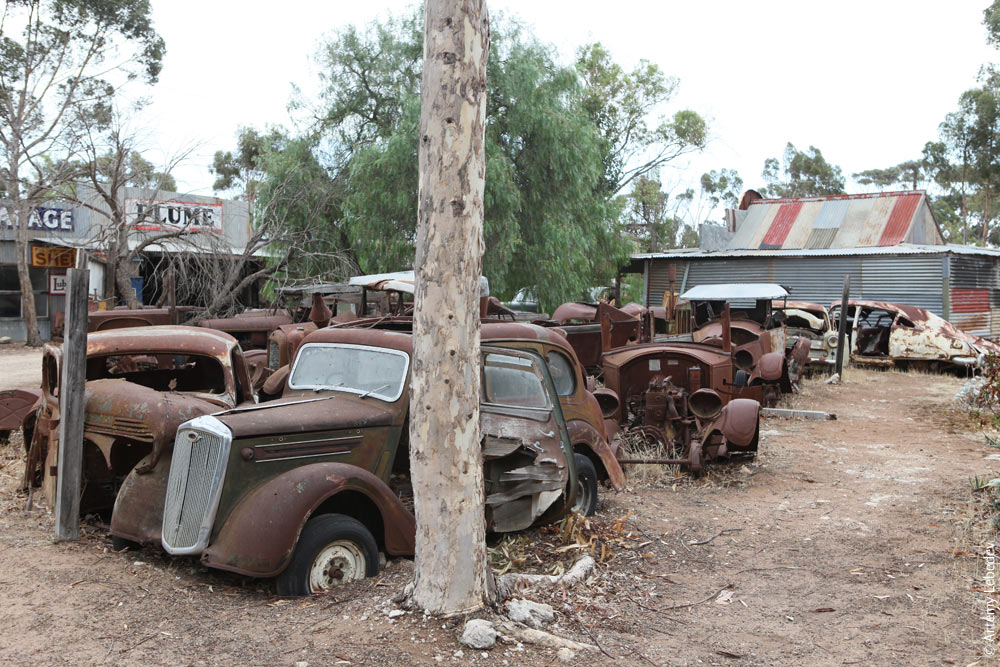 It’s always nice to find fellow lovers of old junk. 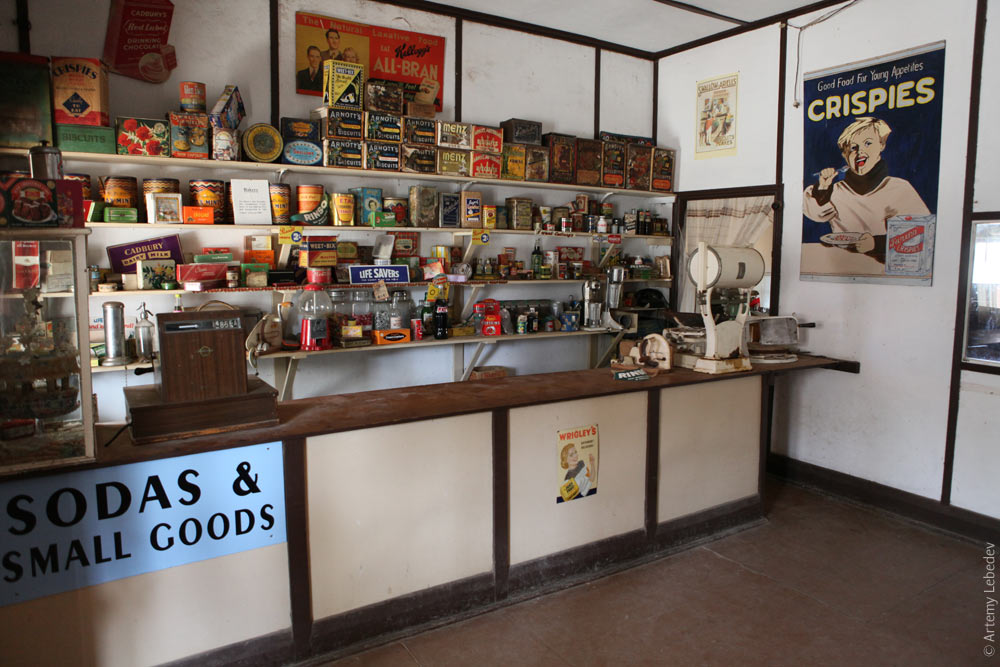 The buildings have been amassed from all over the country. Here they’ll be ensured a dignified old age. 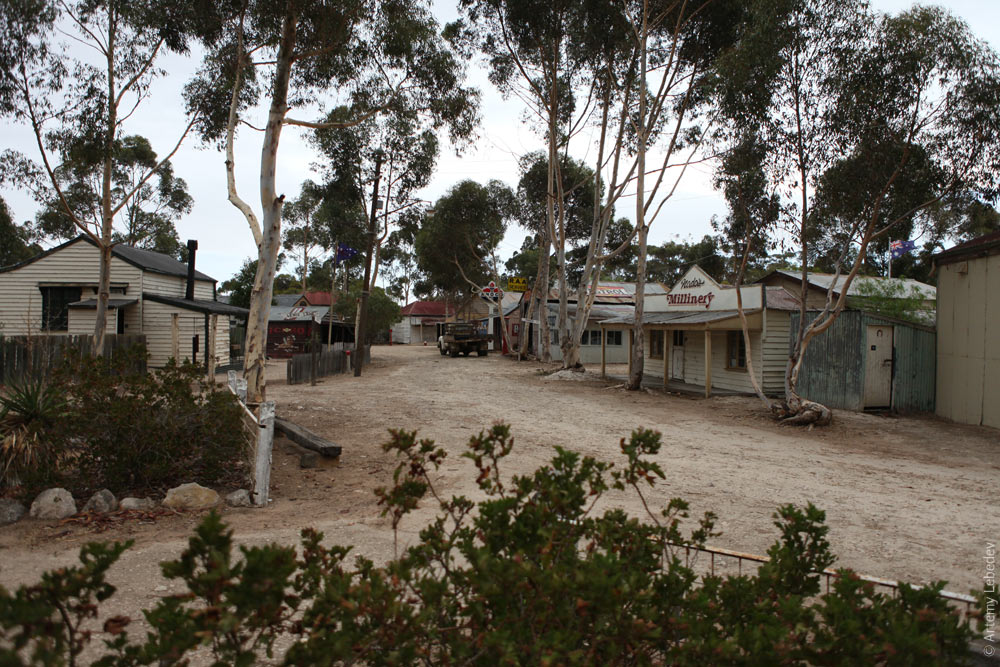 The old utility poles, railroad cars, and even dirt roads are all exhibits. 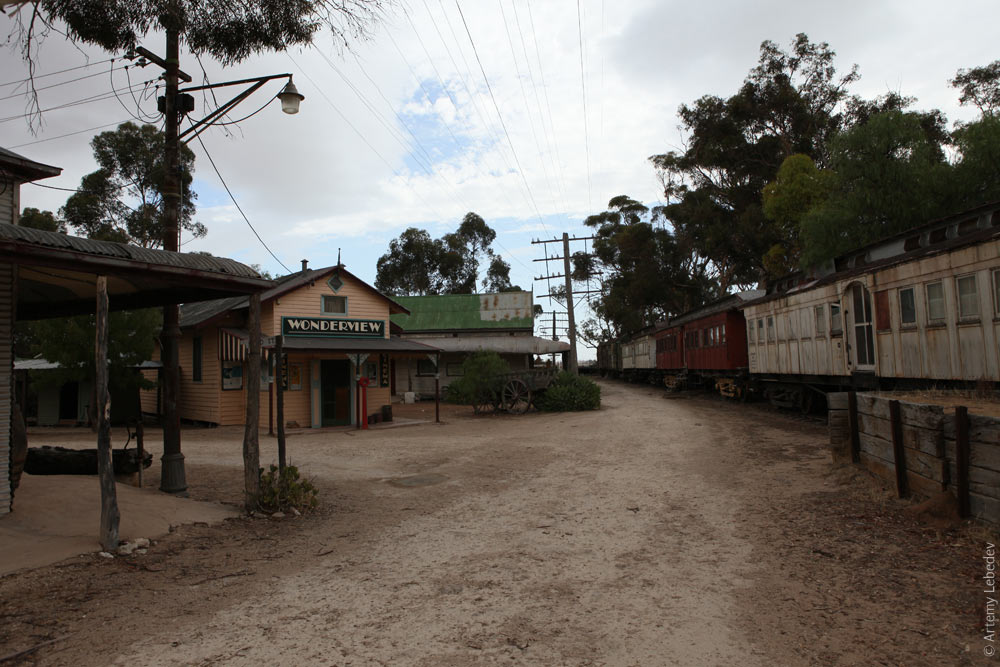 A home. You can open the door and step inside. Lie on the super-creaky bed, sit at the table, steal a dish. A real museum. 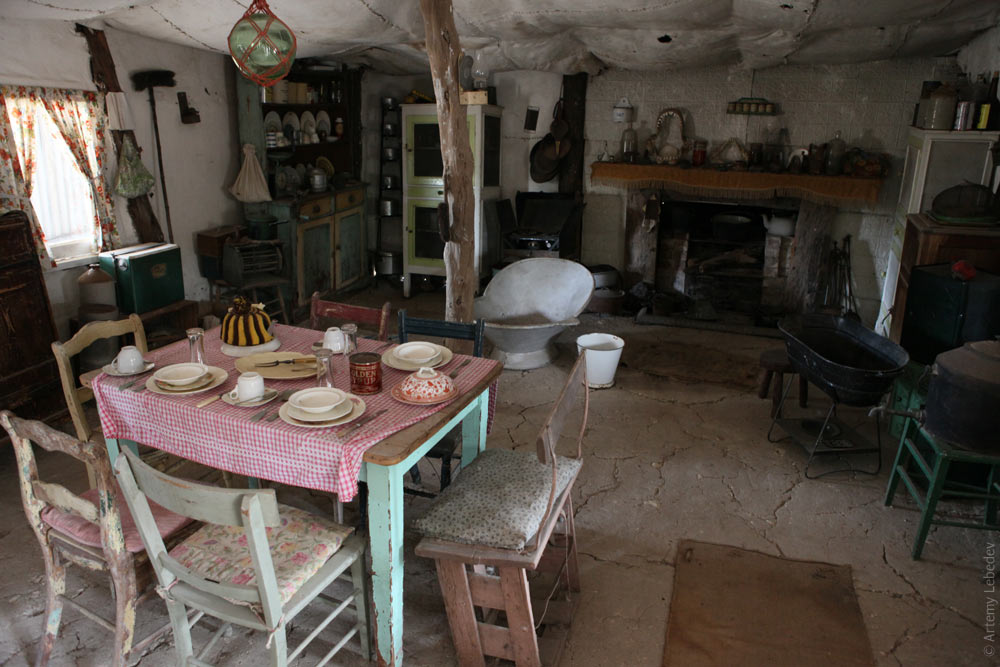 An operation is underway in the infirmary. The room next door is a ward where mannequins with tortured faces lie covered with sheets. 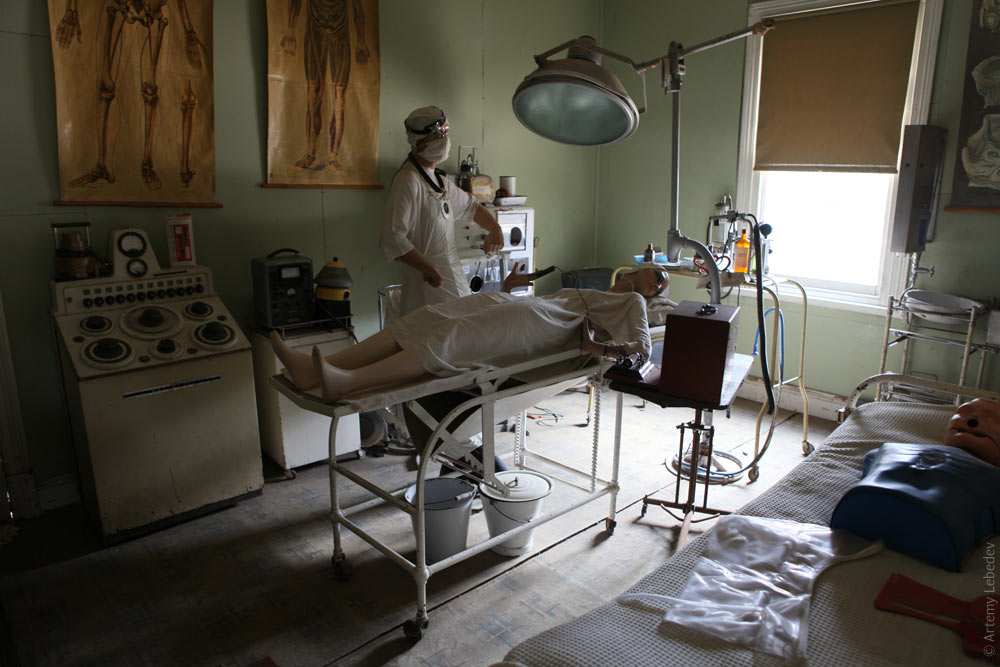 Some time after visiting Old Tailem Town, I had an agonizing dream. I dreamt of a perfect city where someone collects old lampposts, loves the past and values well-made things, all while retaining an appetite for life. In this city, I felt at home like never before, and I was prepared to leave my heart there forever. To my great disappointment, I woke up. Everyone who truly understood me remained behind in my own dream. How cruel. AdelaideMapA very boring place. On the plus side, one street has traffic lights whose green signal can be adjusted separately. I have no idea who needs to change the tilt of a signal more than once in a lifetime, but it looks great.  The city also has its own sign that permits crossing an intersection in three directions at once. 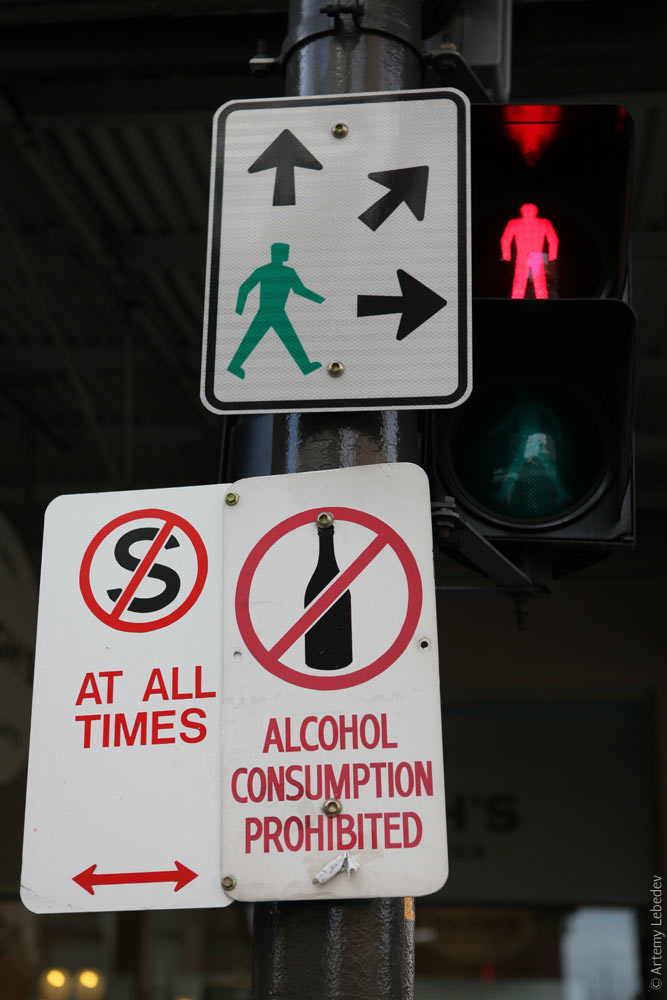 There are a couple of old buildings and a couple of tall ones downtown. Other than that, it’s boring like most of Australia. 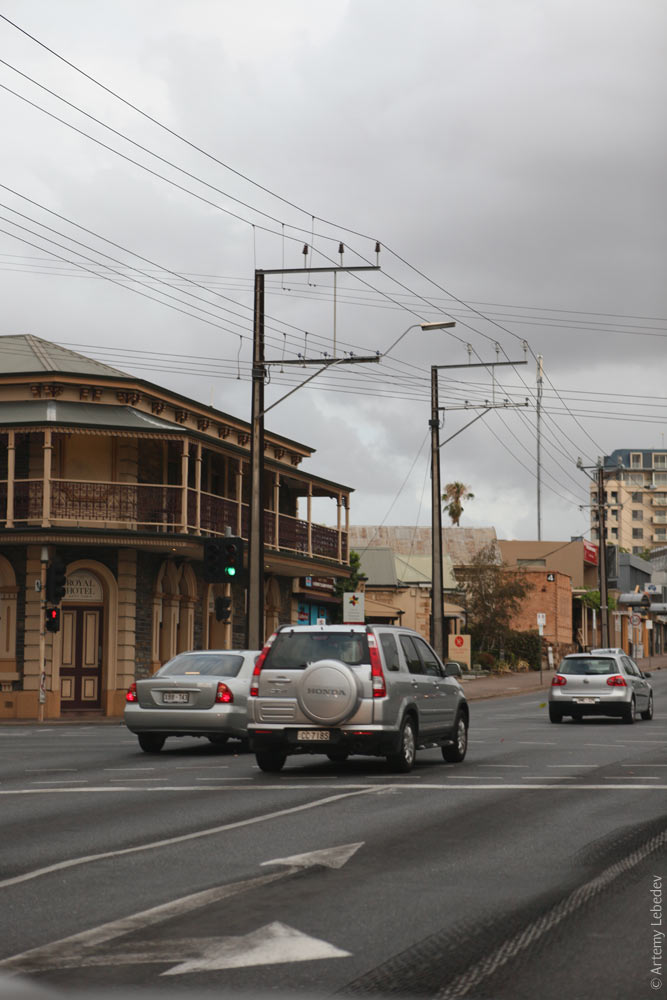 Street name signs are screwed onto wooden planks—this is a unique local feature. And a pleasant detail: the big fat black arrow following the street name has an elegant old arrow hidden inside. It was simply painted over. The entire evolution of the concept of an arrow in one sign. 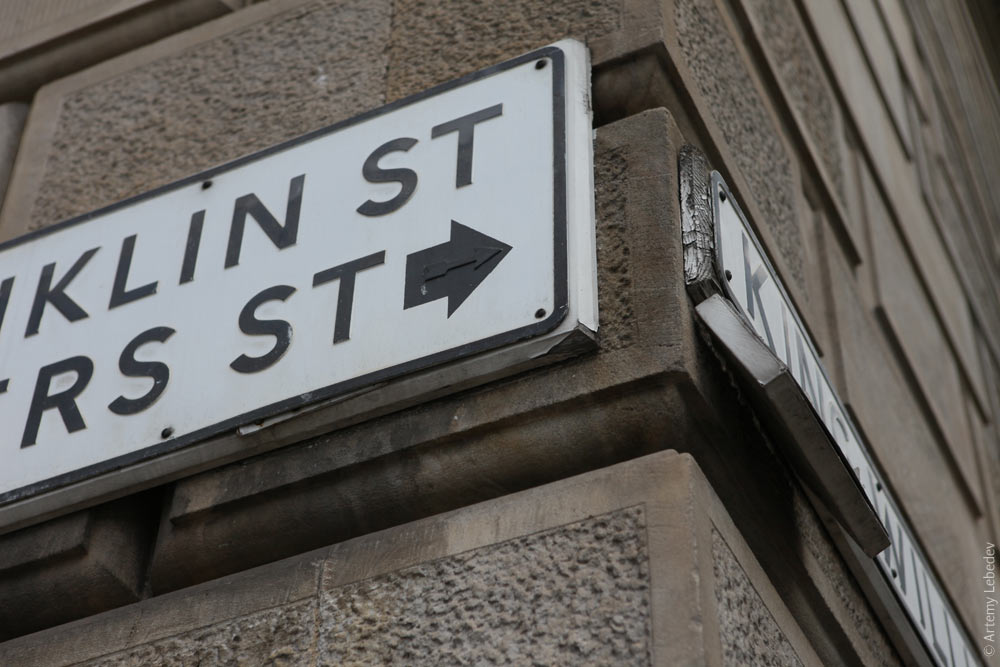 Here’s an advertising billboard. In a few seconds, it will stop moving and people will come out. 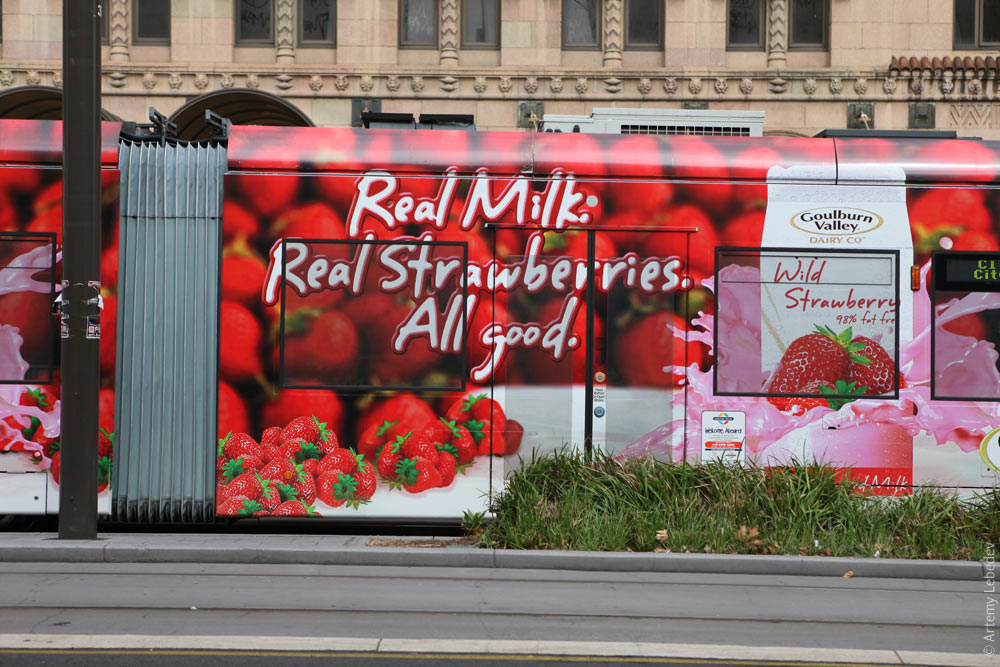 Australians use the American arrow to indicate one-way traffic. Not only are the colors the same, but even the rounded bits on the arrowhead are purebred American. 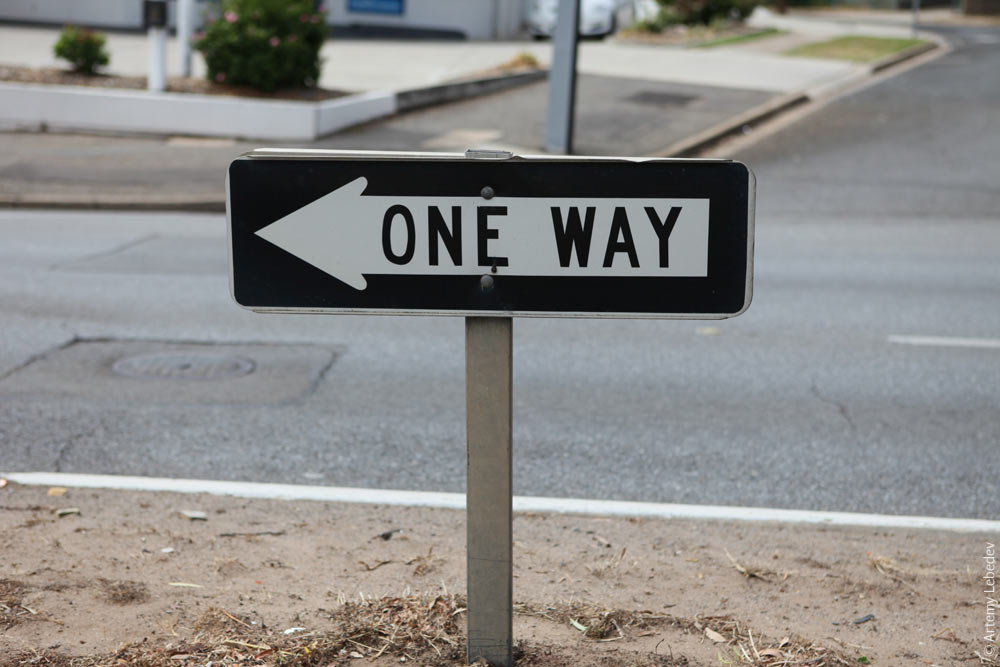 KapundaMapWhile in Brazil travelers are greeted by the Rotary Club logo outside every city, here the logo is joined by the symbols of other lodges, sects, clubs, and non-governmental organizations of every persuasion. 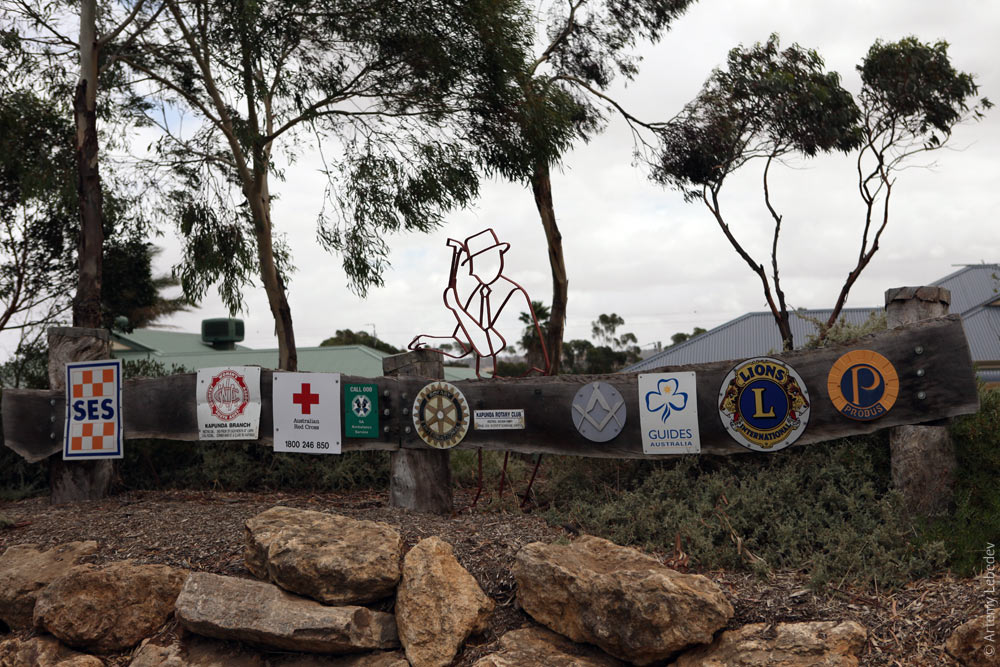 All of these organizations act sort of like the Boy Scouts, helping to pave paths and put up monuments (which are pretty horrible). 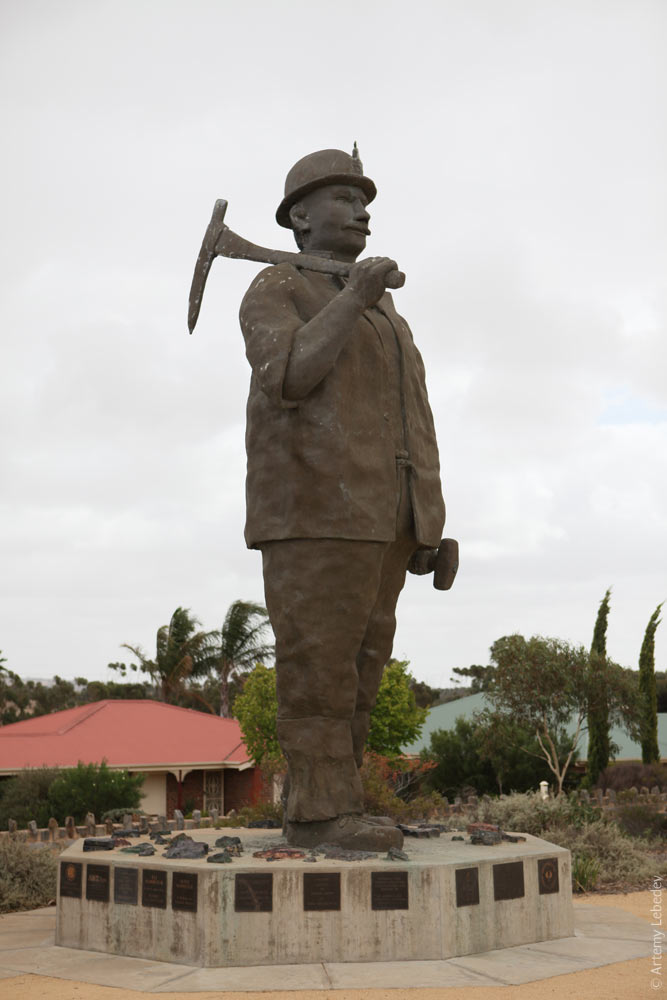 MarrabelMapThe locality of Marrabel has a unique monument to a farmer who managed to stay in the saddle on a crazy horse for a full ten seconds. 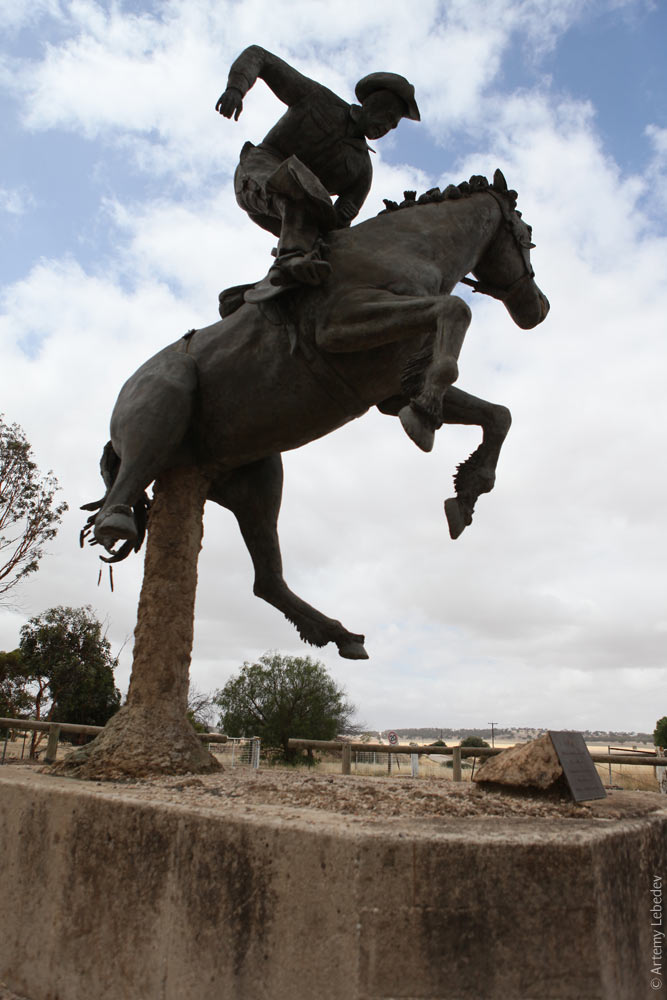 SaddleworthMapThis is more or less what the thousands of monuments to the soldiers who laid down their lives in World War I look like. 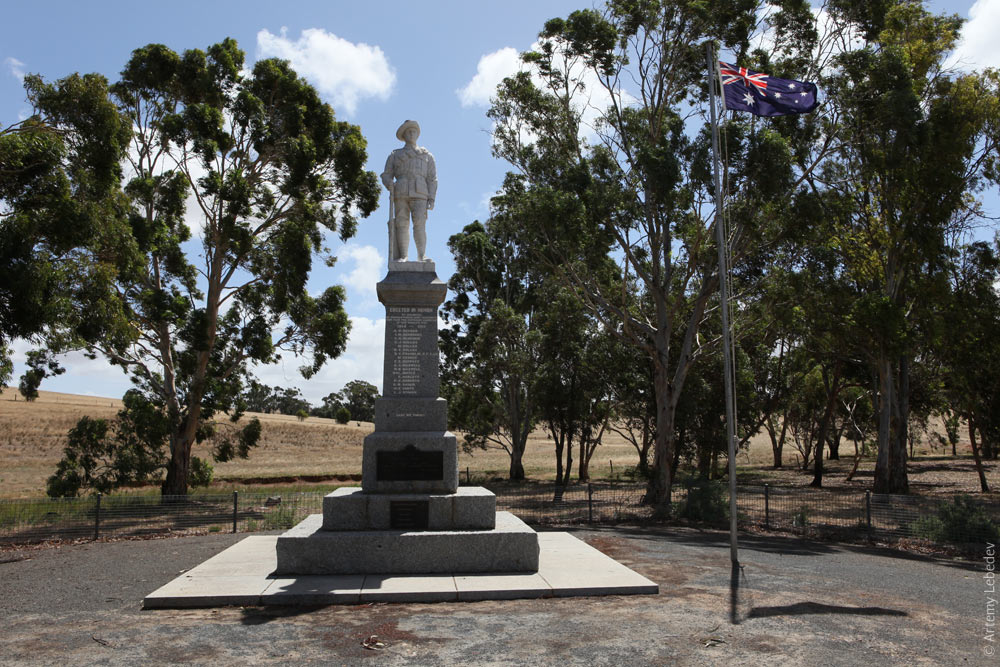 MintaroMapImportant signs are duplicated on both sides of the road to increase their visibility. 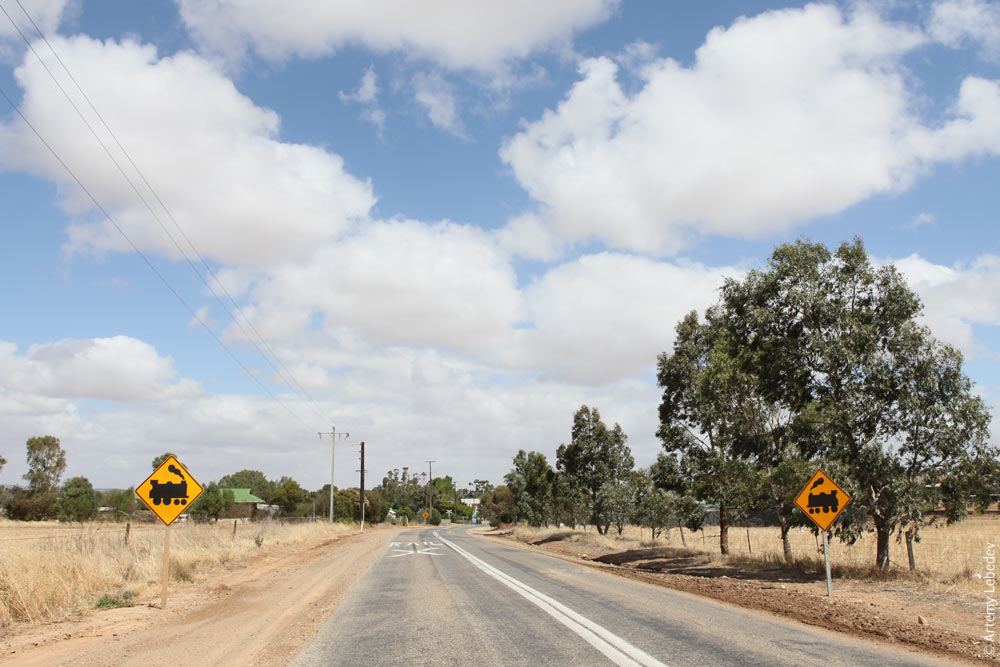 If a road passes through a lowland area, the spot will be marked with a flood warning sign. The center of the presumed flood zone has a two-meter scale, which can be conveniently accessed by boat to record the data in the event of an actual flood. 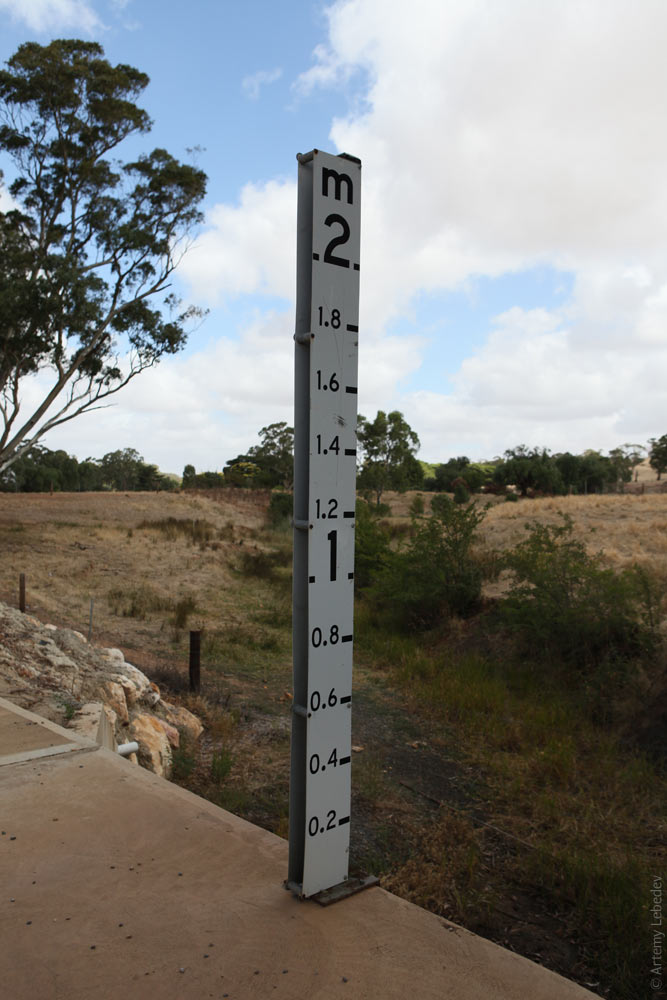 An interesting detail about Australian culture: all the verse here, particularly in advertising, is rhymed. England and America both decided this was tacky a long time ago and use only blank verse. I think the Beatles were the last ones to use rhyming verse in their songs.  BurraMapThe only item of interest in Burra is the shape of the lids on the trash cans. 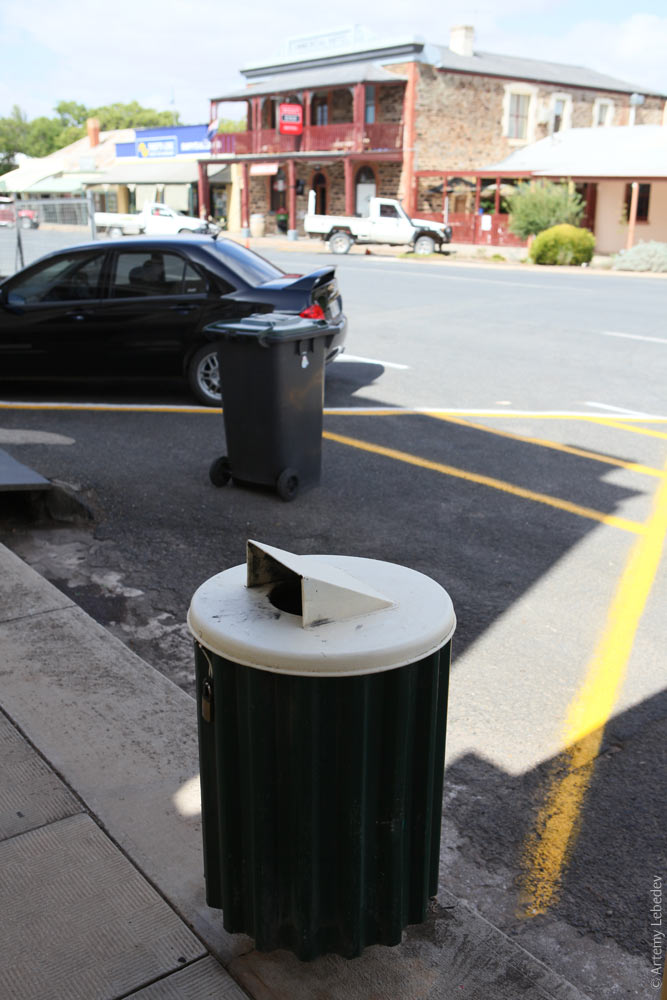 There’s also a monument to miners (I think), which is as amateur-looking as all other Australian monuments outside of large cities. 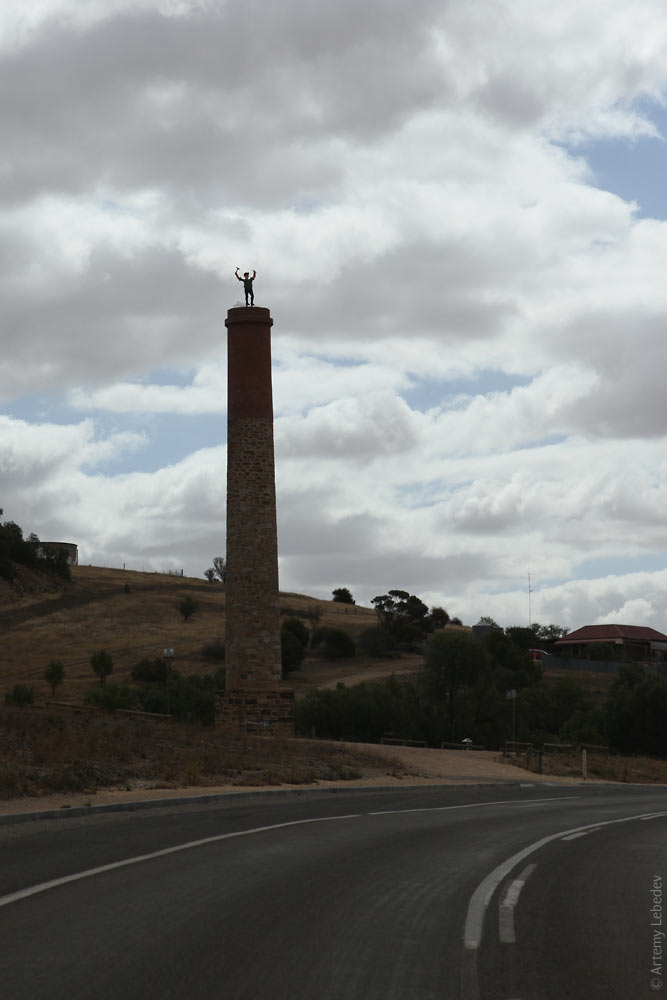 Broken HillMapThe center of the country’s mining industry. Lead and zinc are mined here, and the map of the city resembles a periodic table: the streets are all named after various metals and minerals. 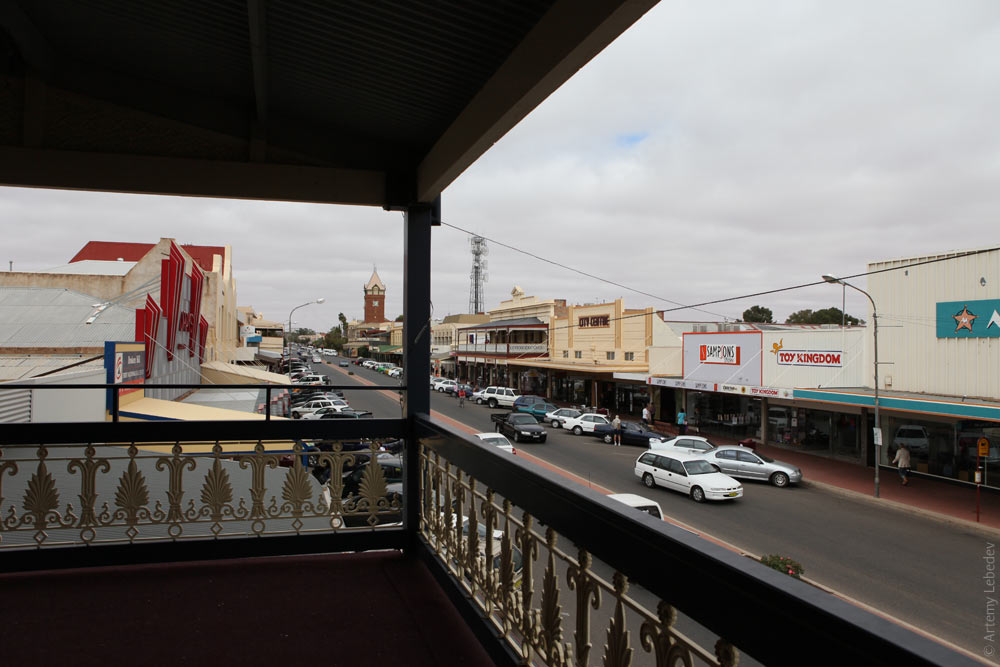 There isn’t much to do here. 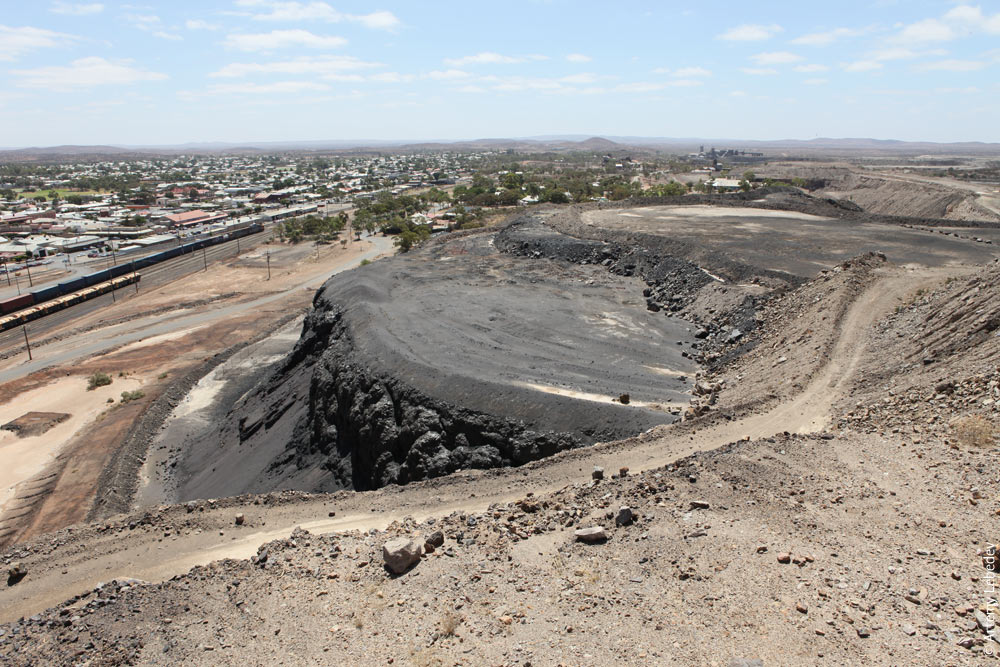 The maid at the hotel brought me a frozen muffin. “It’ll be great when it thaws out.” Australian general stores aren’t all that different from ours. 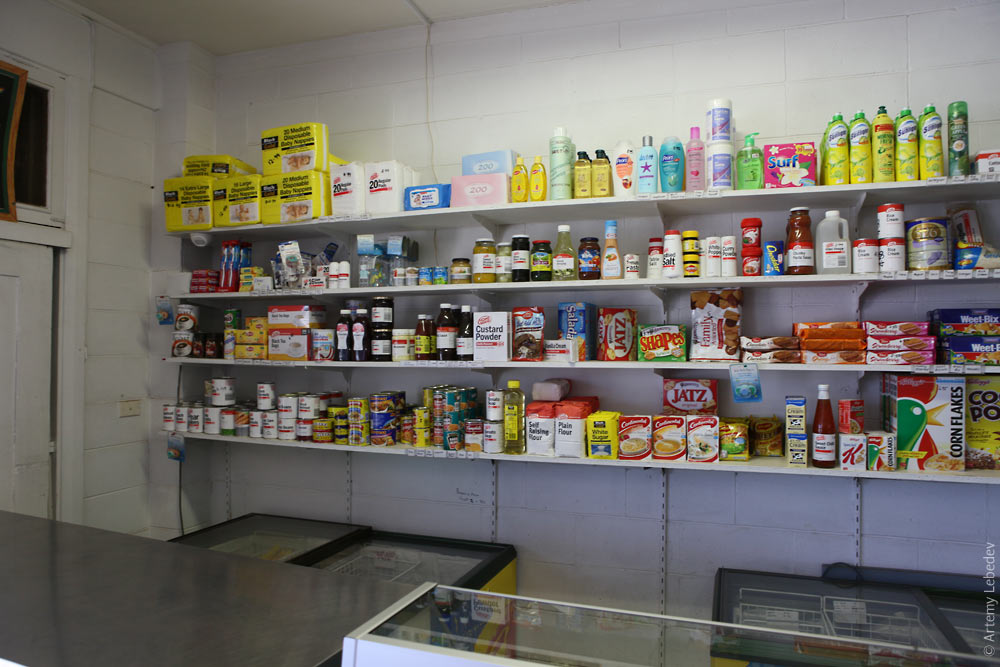
Every farmer has a water purification setup and a windmill. There might be nothing else aside from this within a 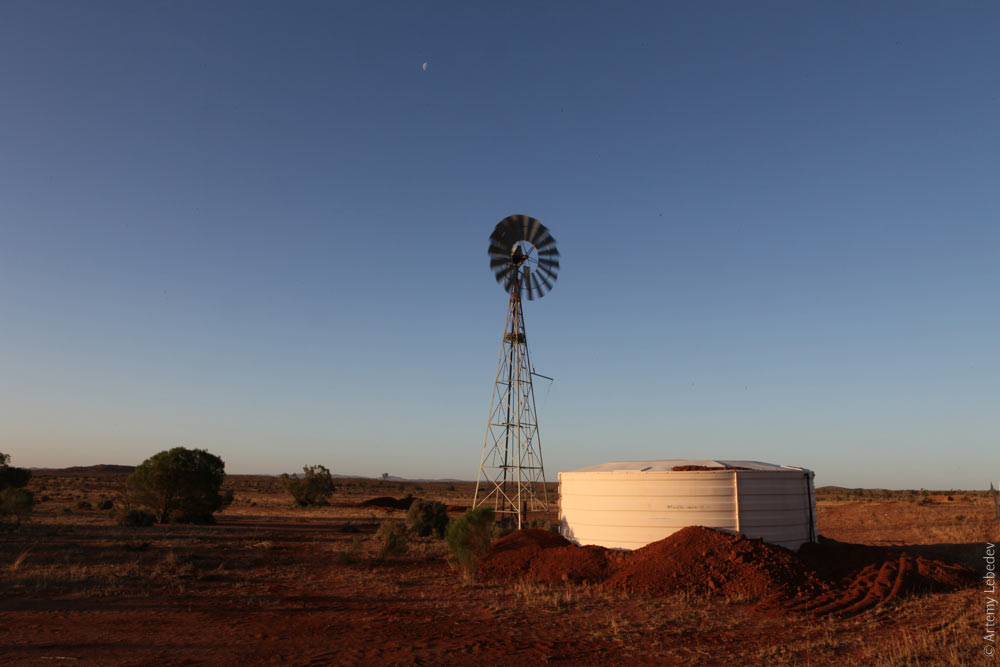 I’d heard a lot about Australian road trains. And had imagined a tractor pulling five trailers behind it. It turns out that the roads here aren’t all that straight. And the road trains consist of only two trailers, although each of them has a three-axle bogie at the back. The “head” always has a metal grate attached to the front, to knock down kangaroos. Some kangaroos are two meters tall, and the trucks speed down the highways at 120 km/h (despite a speed limit of 110). 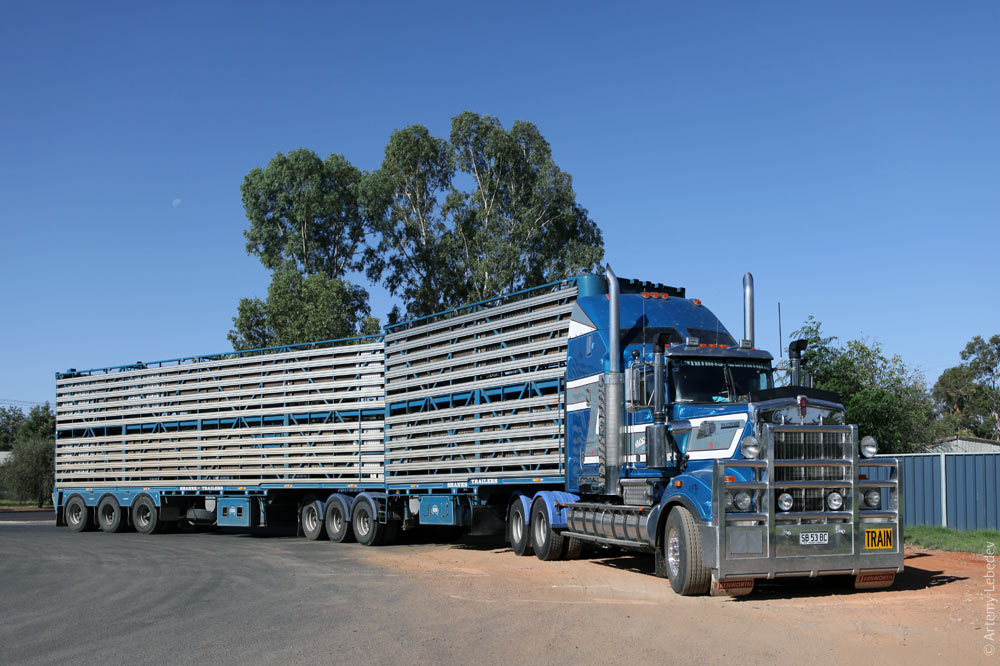 Getting your driver’s license is a whole process. First, you have to log 120 hours of driving (20 of them at night) under the supervision of a fully licensed older buddy. During this time, a letter L (“Learner”) must be displayed next to your license plate, and you can’t go over 80 kilometers an hour. Then you have to take an exam to gain the right to replace the L with a P, for a level 1 provisional license. The maximum allowed speed is 90 km/h. 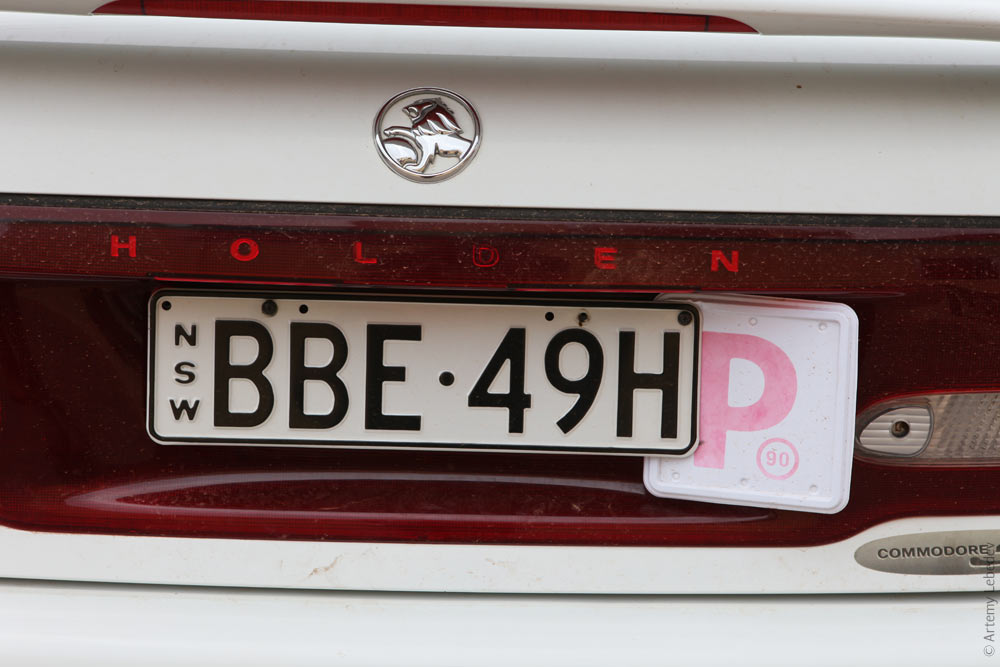 After a year, you need to pass another exam which tests your ability to recognize potentially hazardous situations on the road. This will give you a level 2 provisional license and permission to go as fast as a hundred (even if the signs say 110). 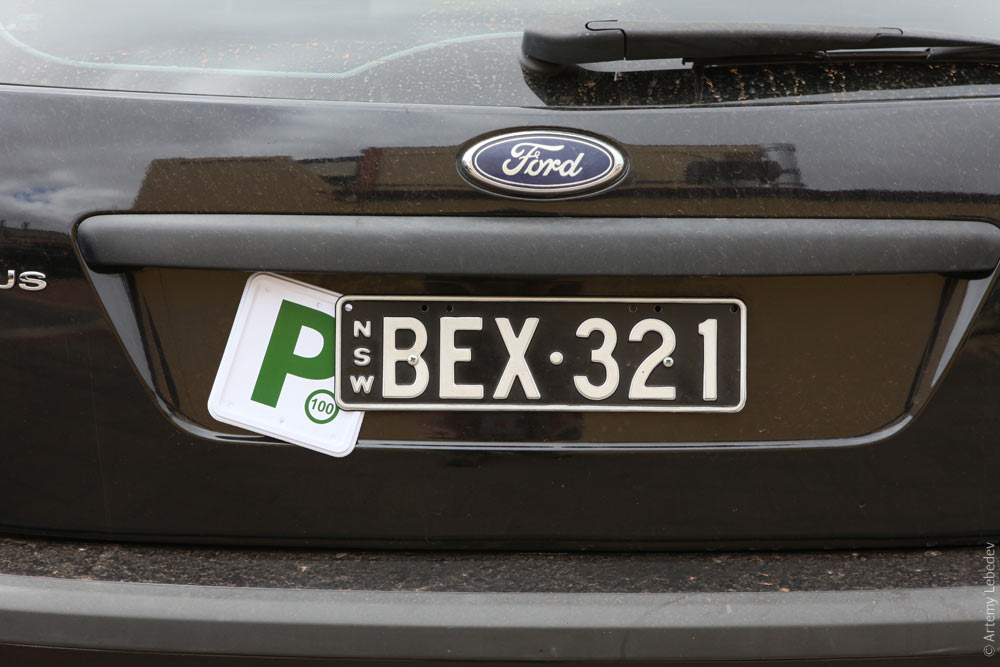 And two years after that, you can take the exam for a full, unrestricted license. Despite these incredibly strict procedures, when I rented a car with my Russian driver’s license, no one even asked me if I had any prior experience driving on the left side of the road. Oversize vehicles are preceded by a car with flashing lights, which warns oncoming traffic that something large is on its way. Then the hero of the day appears in person, with mandatory additional flashers and flags flying on both sides. The flags serve the same purpose as live people holding up stop signs—they catch drivers’ attention. 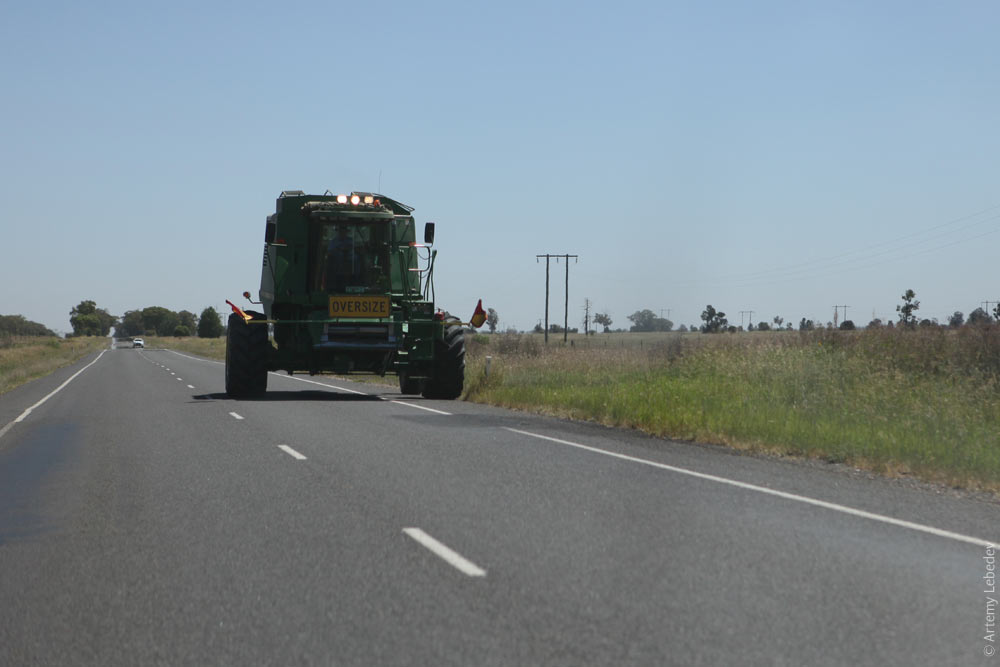 All the trucks in the country have two yellow and red stickers on the back. The backs of all trucks and buses also state the golden rule: do not overtake large turning vehicles. I began to fully appreciate this rule when I spent two days traveling from Yerofei Pavlovich to Blagoveschensk in the cabin of a car hauler. (Also notable is the PSA on the left: “No rest—Wham!—No chance.”) 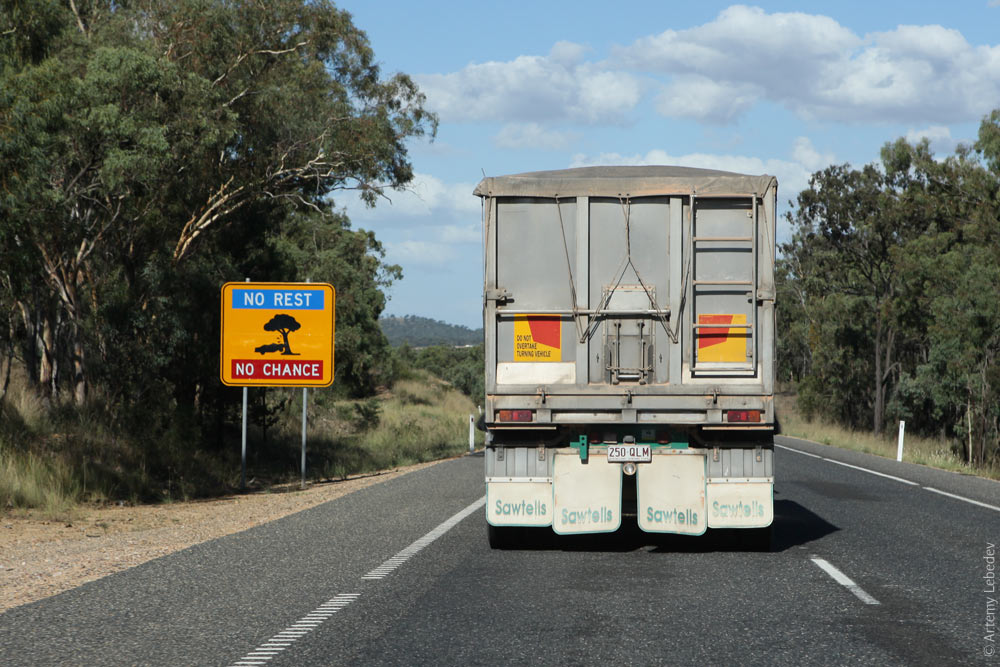 Australia became so overrun with rabbits at one point that an anti-rabbit viral disease had to be introduced to exterminate them. Although this measure succeeded, anyone keeping rabbits today could be slapped with a fine of 30,000 Australian dollars (21,500 USD). 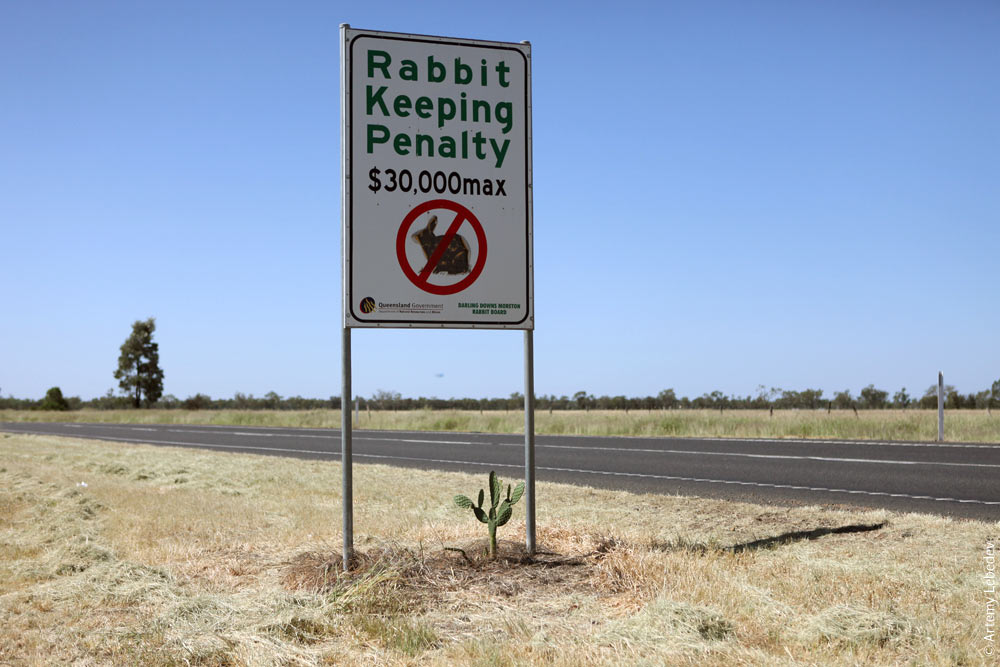 |